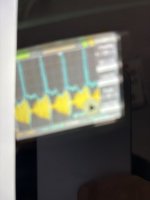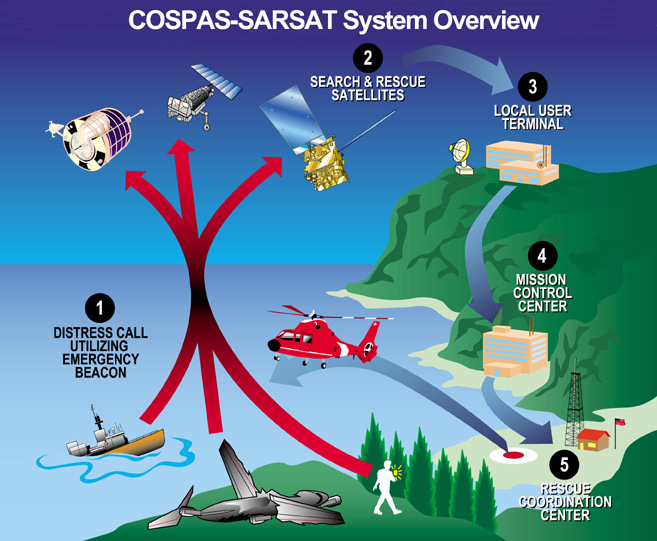Using 450 mhz fm.
Can you recommend a strong transmitter to max range?
OK, so 450MHz is public safety/business band, and power levels, antenna height and antenna gain are all dictated by the FCC issued license. All of those variables are not negotiable.
If you are talking about the GMRS channels, you are limited to 50 watts, no more. The only variables you can play with are antenna gain and antenna location.
If you are talking about the 440MHz 70cm amateur radio band, then getting the most range will depend primarily on the height of your antenna. UHF is ~usually~ line of sight, so getting the antenna up as high as you can will give you the best range. This is why a lot of amateur radio operators take their radios to mountain tops to try to see how much range they can get.
Transmitter power doesn't have as much to do with range as some might think. Since UHF tends to be line of sight, increasing transmitter power won't get you much more range.
If band/atmospheric conditions are good, you can sometimes use tropospheric ducting to get your signal farther, but that's dependent on things you have no control over.
So, get you and your antenna up as high as you can. Don't get hung up on transmitter power, that's a noob mistake to think more watts will get you a lot more range.
Or, if you are a ham, use the local 70 centimeter band repeaters to increase your range. That's what they are there for.



